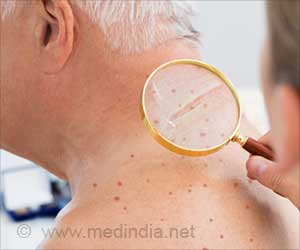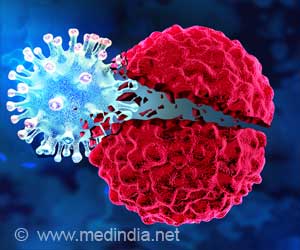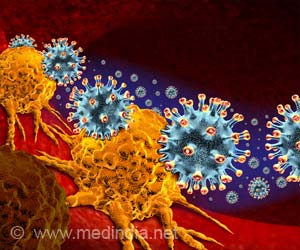Scientists have made a breakthrough in the fight against cancer, by developing a new model that could lead to safer and more effective cancer treatment and drug developments.
Scientists at the University of the Pacific in Stockton, Calif have made a breakthrough in the fight against cancer, by developing a new model that could lead to safer and more effective cancer treatment and drug developments.
The team of researchers led by Elfi Kraka, a chemistry professor and cancer researcher at University of the Pacific in Stockton, Calif have created an anti-cancer “warhead” that specifically targets the acidic signature of tumour cells without affecting healthy cells.Scientists for long have been trying to develop anti-cancer drugs based on enediynes, a powerful class of natural, tumour-fighting agents derived from soil bacteria
However, according to Professor Kraka, as these substances kill both cancerous and healthy cells, their effectiveness as anti-cancer drugs is limited.
The proposed drug has been derived from enediynes - natural substances produced by microorganisms found in soils in Texas and Argentina during the 80’s.
Researchers claim that with slight but vital modifications, the enediynes can be “trained” to attack only cancerous tumours, leaving the surrounding healthy tissue alone and greatly increasing the survival rate of cancer treatment.
“Microorganisms have had two billion years more experience than humans have in figuring out how to fight toxic bacteria and viruses,” said Kraka.
Advertisement
The Pacific researchers learned through computer-assisted drug design that by combining enediynes with amidines, compounds also found in nature, they can create a warhead that only is activated in acidic environments.
Advertisement
“Often cancer patients suffer severely from cancer treatments based on chemotherapy,” said Kraka.
“This new drug model has a lot of potential and could lead to a new efficient anti-cancer drug with highly reduced side effects," Kraka added.
The study appears in the March 6 issue of the American Chemical Society’s publication The Journal of Physical Chemistry B.
Source-ANI
SRM/B










